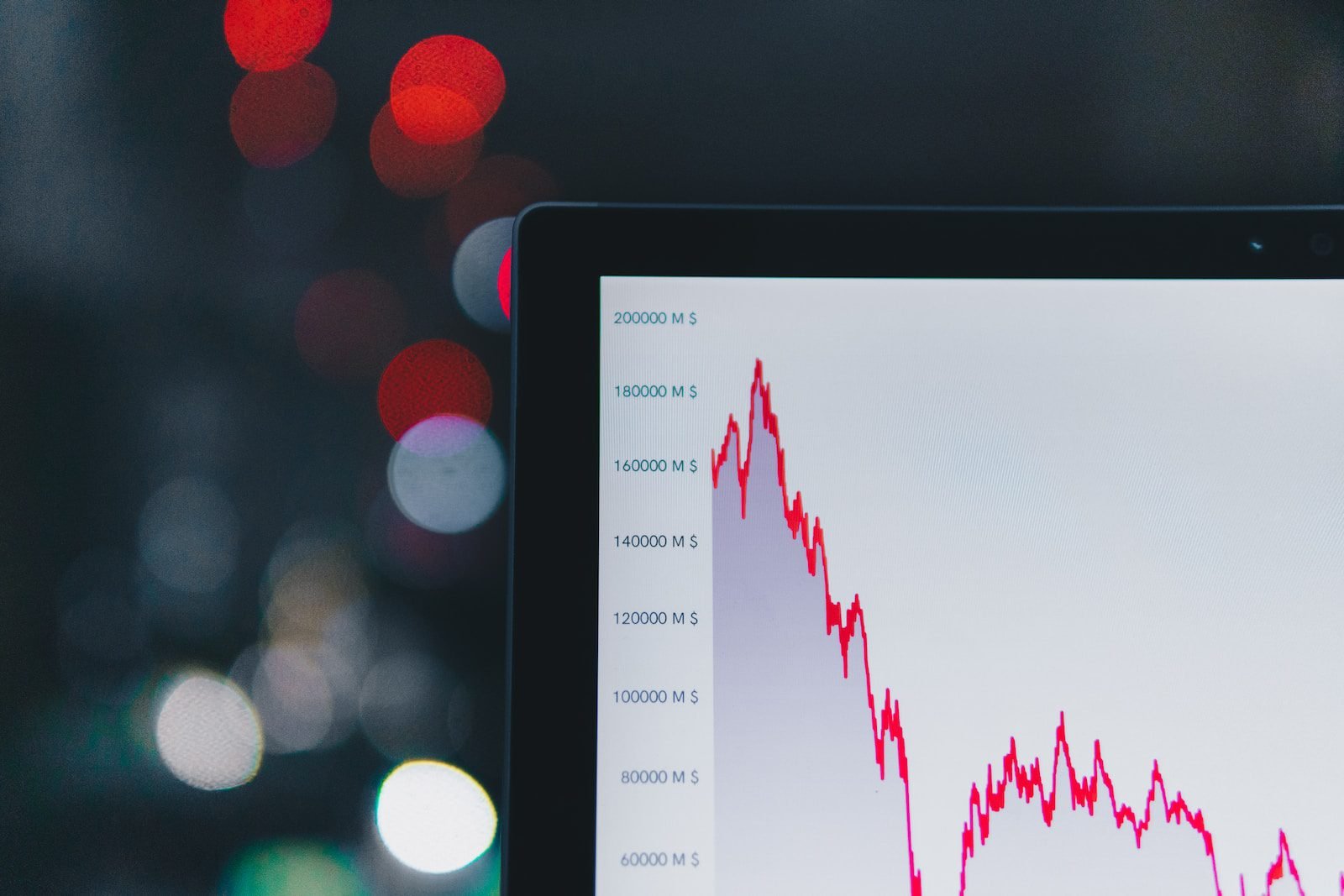image source : CBS Post
Currency evolution refers to the changes in the form, function, and value of money over time. Throughout history, various forms of currency have been used, including shells, beads, livestock, and precious metals such as gold and silver. As societies became more complex, paper money was introduced, which was backed by a government or central bank.
The value of currency has also evolved over time. Initially, the value of money was determined by its weight or size, with larger or heavier coins being worth more. Later, the value of money was tied to the value of precious metals such as gold or silver. In modern times, most currencies are fiat currencies, meaning their value is not tied to any physical commodity but is determined by supply and demand in the market.
The function of currency has also changed over time. Initially, money was used primarily as a medium of exchange for goods and services. Later, it became a store of value and a unit of account. In modern times, currency is also used as a tool for monetary policy, with central banks adjusting interest rates and money supply to influence economic growth and inflation.
Overall, currency evolution reflects the changing needs and values of societies over time. As technology and globalisation continue to shape the world economy, it is likely that currency will continue to evolve to meet new challenges and opportunities.





